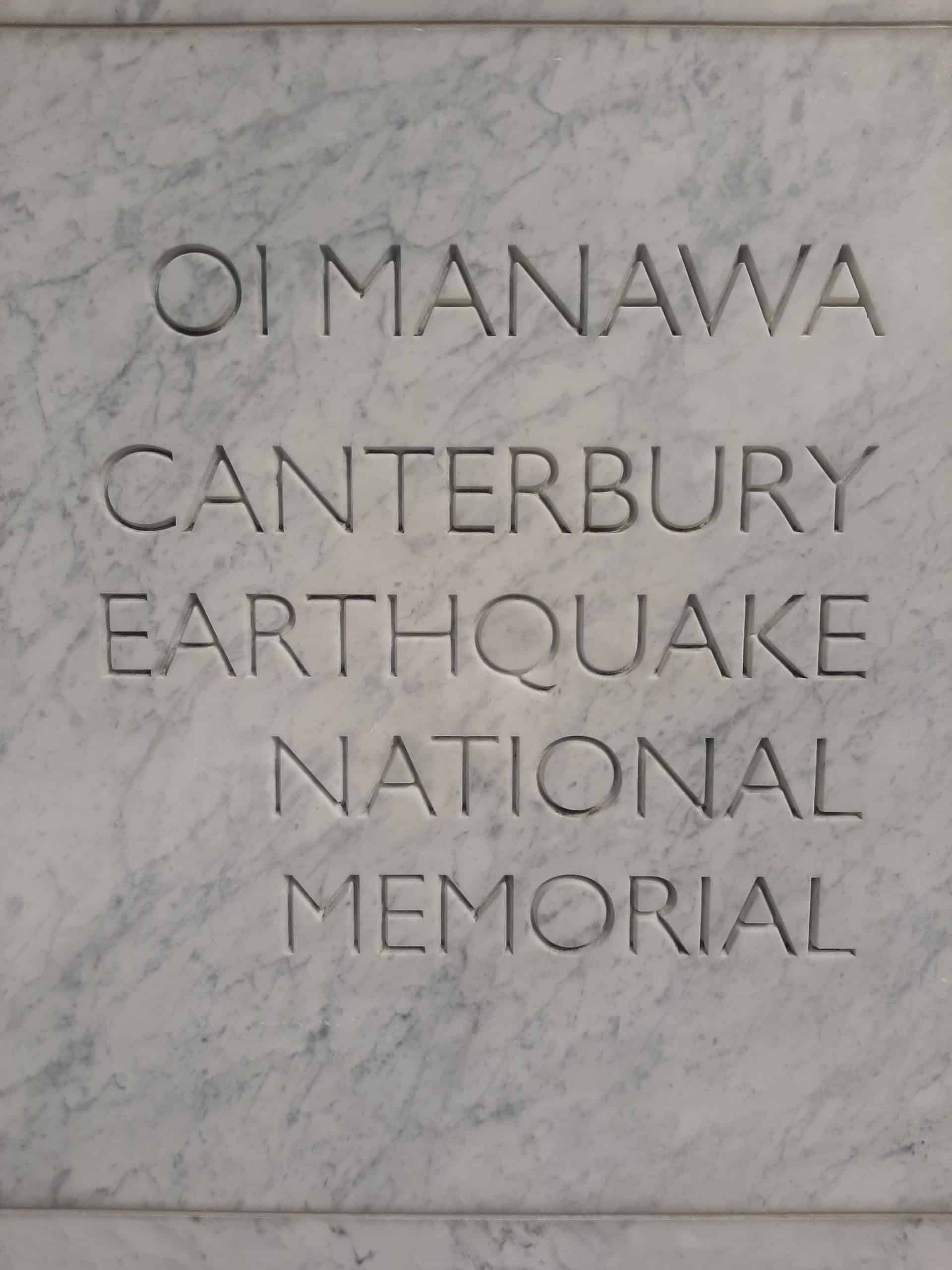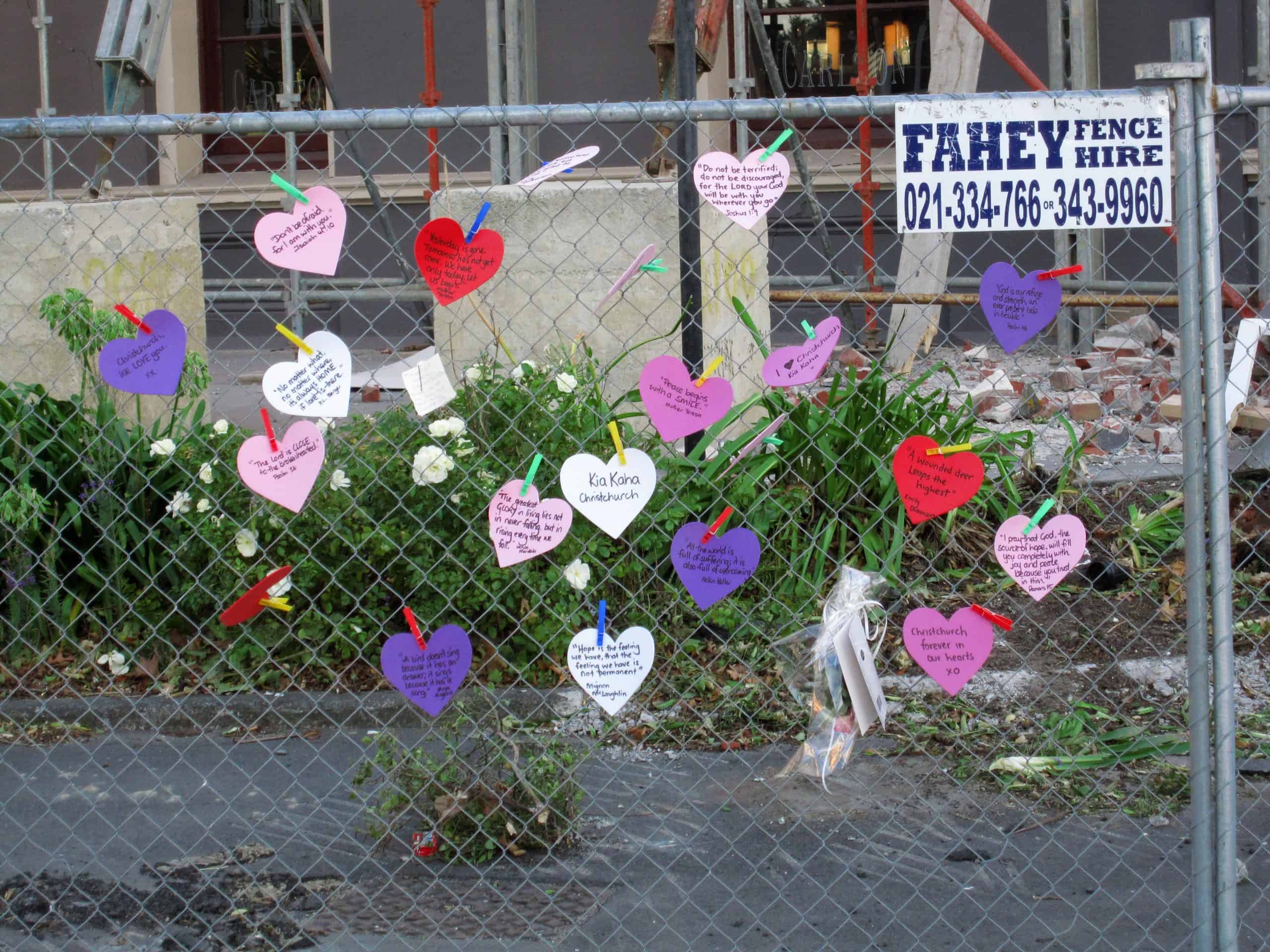By Richard Smith, Resilience Challenge Director
The ten-year anniversary of the February 22nd Christchurch earthquake will be stirring memories for many in Canterbury, and those affected around the country. We acknowledge those who suffered loss on that day, and the communities of the Canterbury region still dealing with damage, disruption, and change. For Aotearoa New Zealand’s emergency managers, the anniversary marks the start ten years ago of a decade full of national emergencies, involving large earthquakes affecting two of our biggest cities, floods, windstorms, tsunami warnings, landslides, and a global pandemic. After 80 preceding years of relative quiet, millions of New Zealanders now understand what it’s like to experience severe earthquake shaking, have learned more than they wanted to know about aftershocks and building engineering, and the realities of the long hard slog of post-earthquake urban disaster recovery.
I recall the disbelief when the first images came through of the smouldering collapsed buildings in Christchurch. It didn’t tally with the logic of us having already had the ‘big one’ on 4 September 2010, which we’d come through relatively unscathed. In that regard the February 22nd earthquake changed perceptions and showed that location matters when it comes to types of damage, and that not all earthquakes are the same. The February 2011 earthquake and the series of big shakes in June and December that year were particularly unsettling because of how close to the city they were and the sudden violence unleashed by the punch from the ground directly below. This created a hypervigilance, the need to be constantly ready to brace or dive for cover at any sound or sense of impending movement. The result was a thoroughly exhausted population, with each aftershock setting back recovery for people and communities.
The event also revealed many positive things. The responsiveness of our emergency systems, and the ability of critical infrastructure like electricity and mobile networks to remain in service or be restored quickly to support communities. It showed the important role of social connectedness for the emergence of successful community-led responses. Also, that science and engineering were essential for understanding and solving technical challenges, and the value of public institutions in providing certainty. While a less widely held view, it also showed the worth of our public disaster insurance scheme for enabling the finance needed for rebuilding.

What should the legacy be for the lives lost and changed by the February 22 earthquake? From a resilience perspective we would hope that it is not to rely so much on our responsive emergency services and recovery. The decade of disruption in Christchurch proves the value of reducing disaster risk before an event rather than managing and muddling through the myriad consequences afterwards. Earthquakes are inevitable in New Zealand, but earthquake disasters are not. We should be aiming to invest in measures that ensure buildings and infrastructure are stronger, not just to prevent loss of life, but to enable them to function as soon as possible after the ground has stopped shaking.
We have much of the technical knowledge of how to build and where to build it to make our homes and communities more resilient. We also know that the cost of enhanced resilience is a fraction of the economic and social costs of a decade of demolition and rebuilding. The challenge is applying that knowledge and lifting our collective sights on the mission of disaster resilience. Let’s make that the legacy for Christchurch.




